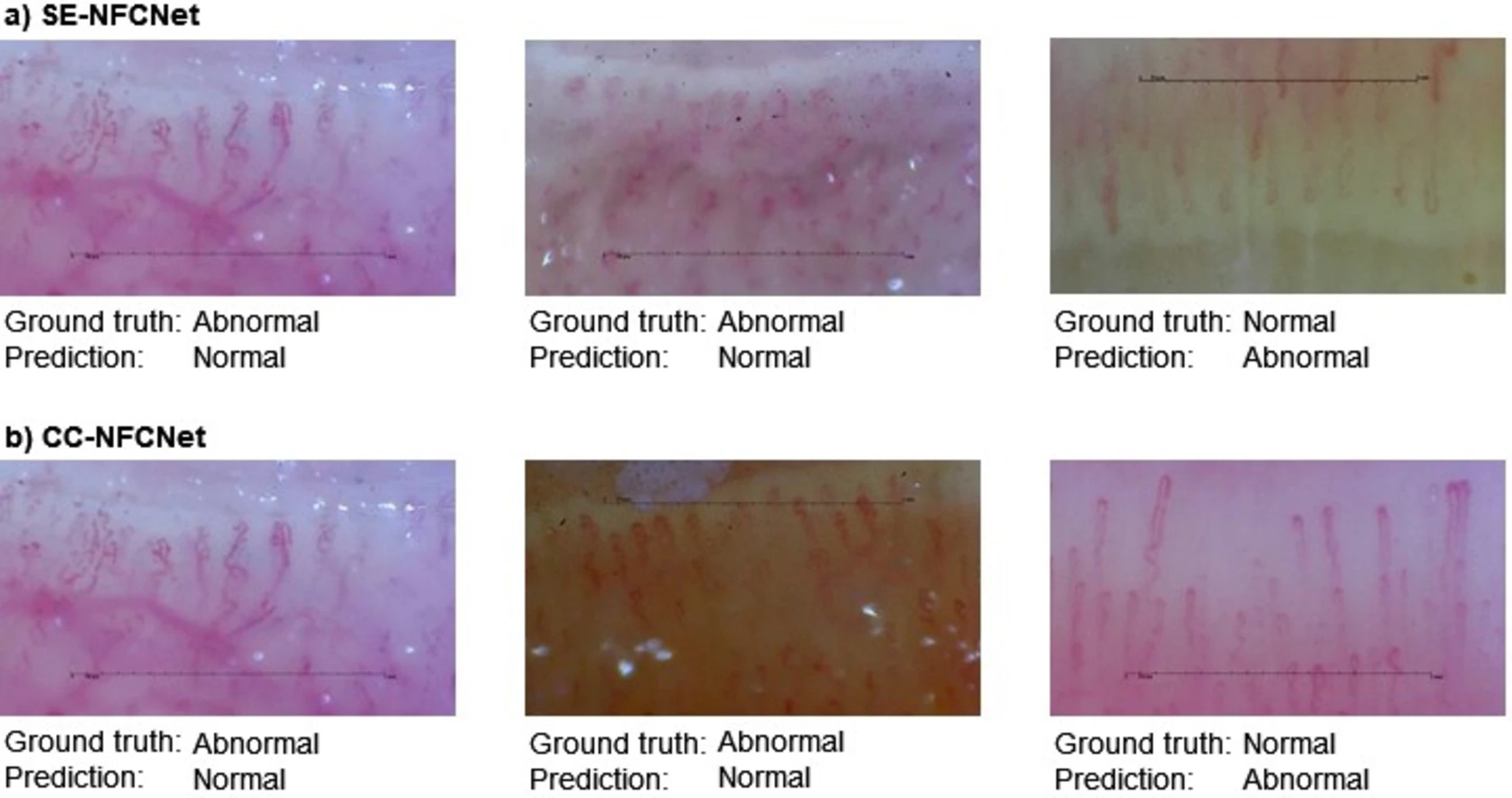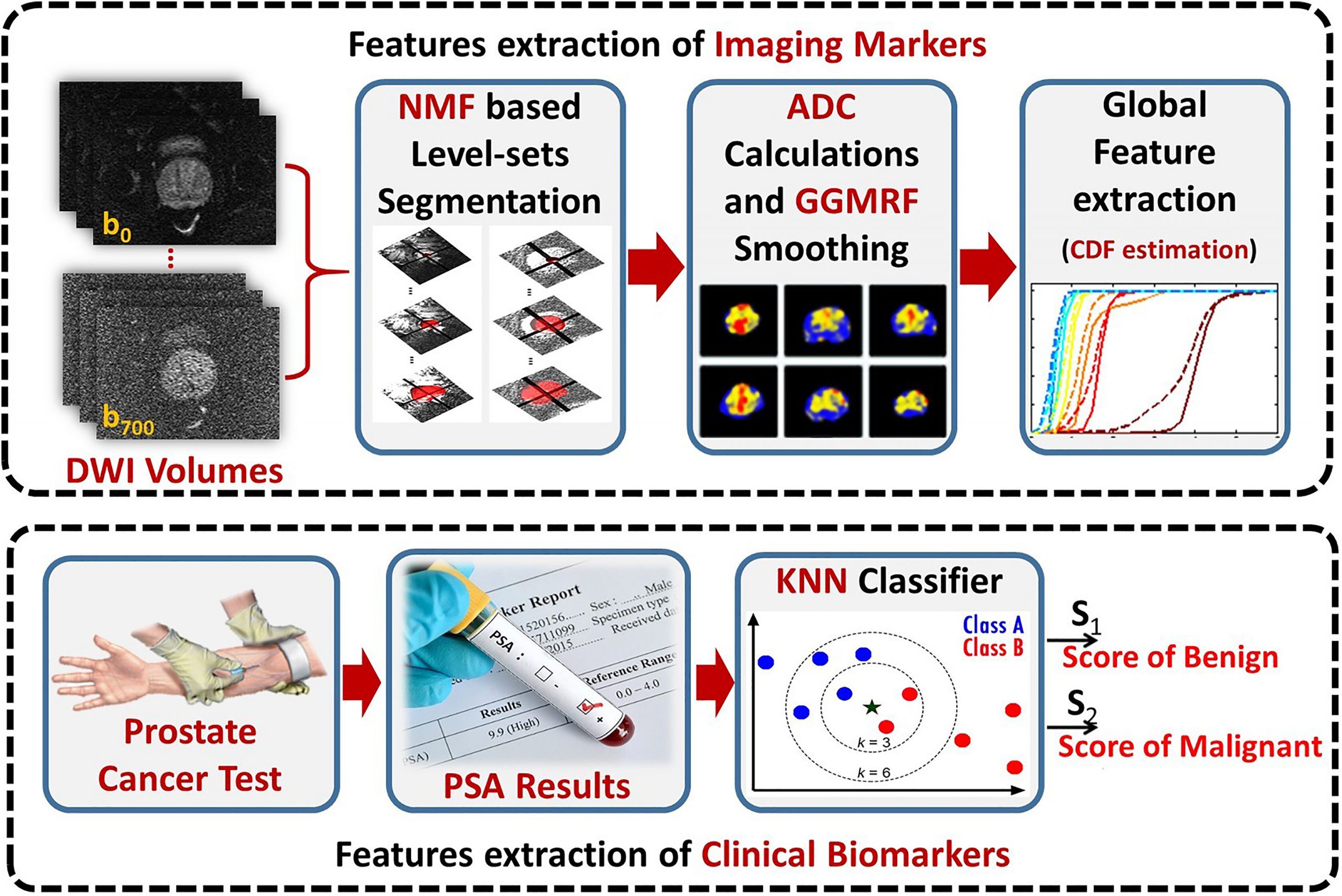Google Scholar Profiles & Sample Publications

Dr. Adel Elmaghraby
Director of Research and Innovation
2024 Top Scholar by ScholarGPS

Adrian Lauf
Assoc Professor

AI-Powered Nailfold Capillary Analysis

Bias-Resistant Corpus for Emotion Recognition
The paper presents a gender-bias-resistant super corpus designed to improve fairness in Speech Emotion Recognition (SER). By merging and balancing multiple existing datasets, the authors create a comprehensive resource with equal male and female representation. Deep learning models trained on this corpus show improved emotion recognition accuracy across genders, highlighting the importance of addressing bias in SER systems.

IoT in Smart Cities: A Survey of Technologies.
Internet of Things (IoT) is a system that integrates different devices and technologies, removing the necessity of human intervention. This enables the capacity of having smart (or smarter) cities around the world. By hosting different technologies and allowing interactions between them, the internet of things has spearheaded the development of smart city systems for sustainable living, increased comfort and productivity for citizens.

Deep learning role in early diagnosis of prostate cancer
The paper investigates how deep learning can be utilized for the early detection of prostate cancer, enhancing diagnostic accuracy and efficiency. Dr. Adel Elmaghraby played a key role in this research, focusing on integrating AI techniques into medical imaging to support early diagnosis and better patient outcomes.


